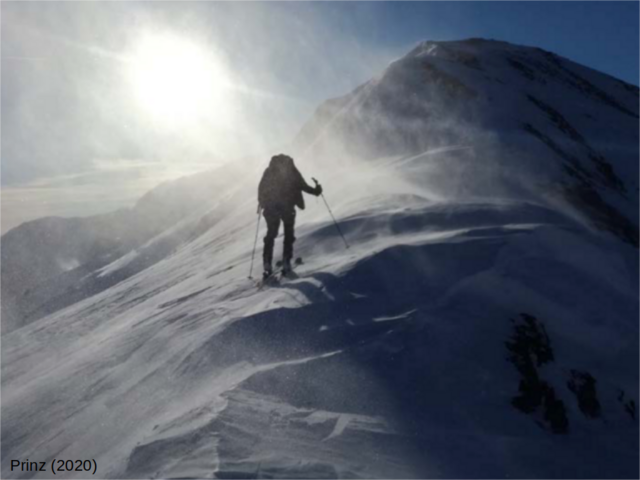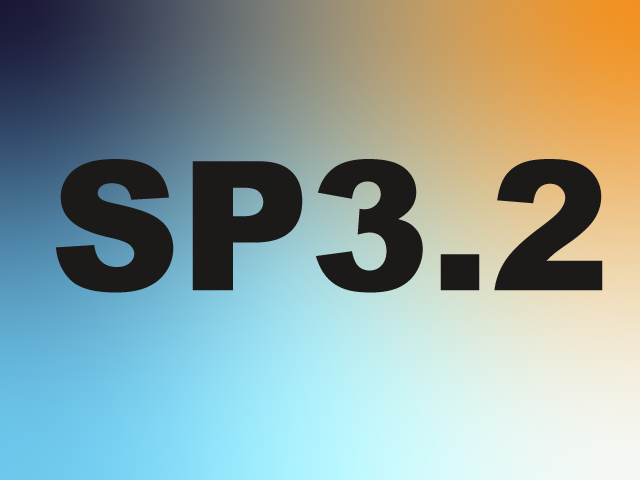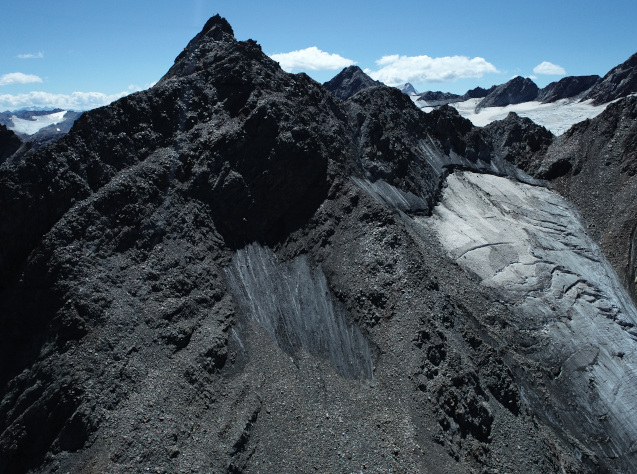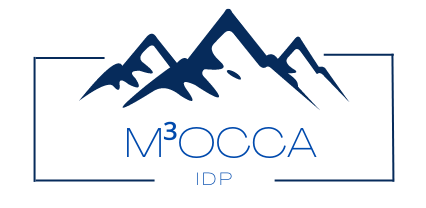Improved geophysical models
SP3.1: Targetting snow drift and refreezing in glacier mass budgets with machine learning
 Glacier surface mass balance (SMB) modelling has traditionally focused on improving the determination of surface energy balance conditions. However, water…
Glacier surface mass balance (SMB) modelling has traditionally focused on improving the determination of surface energy balance conditions. However, water…SP3.2: Reconciling machine learning and glacier system modelling
 Within this sub-project, we envisage to combine model-driven simulations of a coupled glacier system with data-driven machine learning techniques at…
Within this sub-project, we envisage to combine model-driven simulations of a coupled glacier system with data-driven machine learning techniques at…SP3.3: Mass movement assessment and modelling in recent ice-free areas
 The retreat of glacier ice fundamentally changes stability of the surrounding rock and debris slopes due to the massive thermal,…
The retreat of glacier ice fundamentally changes stability of the surrounding rock and debris slopes due to the massive thermal,…
